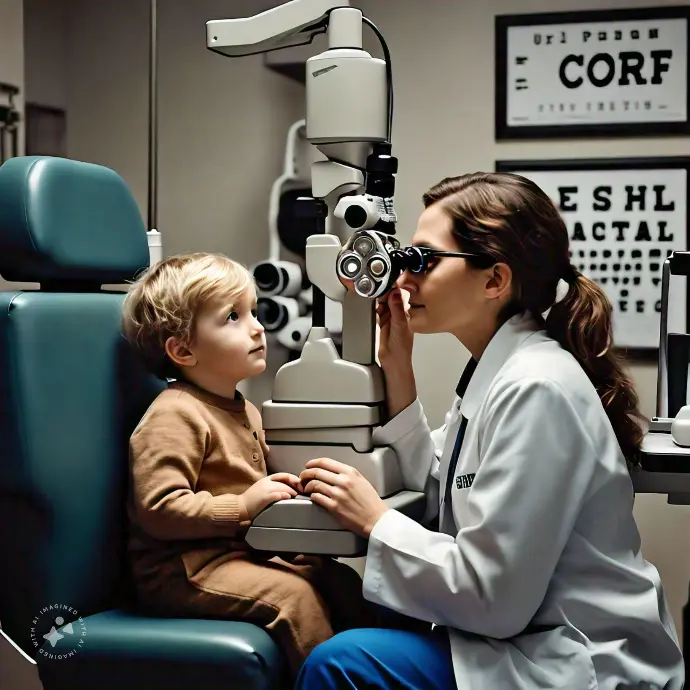The Importance of Early Eye Exams for Children
Introduction
Children's vision plays a crucial role in their learning and overall development. A child's ability to see clearly impacts their ability to perform well in school, engage in physical activities, and develop social skills. However, many vision problems can go unnoticed, especially if children aren't able to articulate their difficulties. Regular eye exams are essential for detecting conditions such as amblyopia (lazy eye), strabismus (crossed eyes), and refractive errors early, preventing long-term vision problems. In this blog, we explore why routine eye exams are critical for children and how early detection of eye issues can make a significant difference in their lives.



Why Early Eye Exams Are Critical:
Early detection is key to preventing serious vision problems later in life. Many children are born with or develop vision problems that can be corrected if caught early. According to research, undiagnosed vision problems can lead to learning difficulties, poor academic performance, and even behavioral issues. Eye exams conducted during key stages of childhood development ensure that any issues are identified and treated before they become more serious or permanent.
Common Childhood Eye Conditions:
There are several eye conditions that commonly affect children, including:
- Amblyopia (Lazy Eye): A condition where one eye is weaker than the other, leading to poor vision in that eye. If not treated early, it can result in permanent vision loss.
- Strabismus (Crossed Eyes): Misalignment of the eyes, which can cause double vision or lead to amblyopia if untreated.
- Refractive Errors: Conditions like myopia (nearsightedness), hyperopia (farsightedness), and astigmatism, which can affect a child's ability to see clearly.
- Convergence Insufficiency: Difficulty in coordinating the eyes to focus on close-up tasks, affecting reading and near-work activities.
Signs Parents Should Watch For:
Children may not always be able to communicate their vision problems, but there are signs parents can watch for, including:
- Squinting or closing one eye to see better
- Tilting their head or covering one eye
- Frequent headaches or eye strain
- Holding objects very close to their face
- Difficulty reading or performing schoolwork
- Poor hand-eye coordination during sports or play
Conclusion:
Scheduling routine eye exams for children is an essential part of their overall healthcare. Early detection and treatment of vision problems not only protect your child’s eyesight but also support their learning and development. Contact us today to book an appointment and ensure your child’s vision is set up for success.